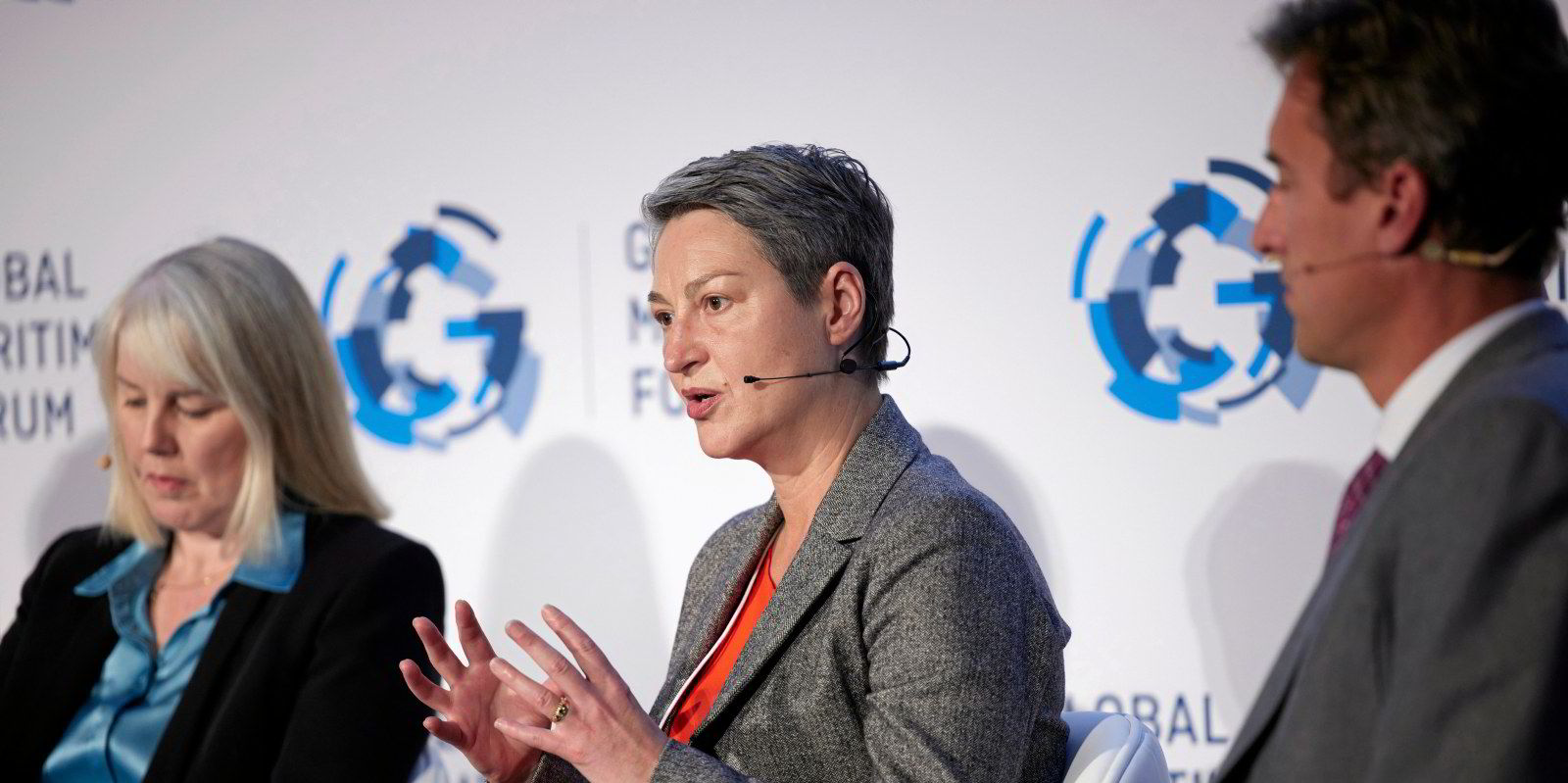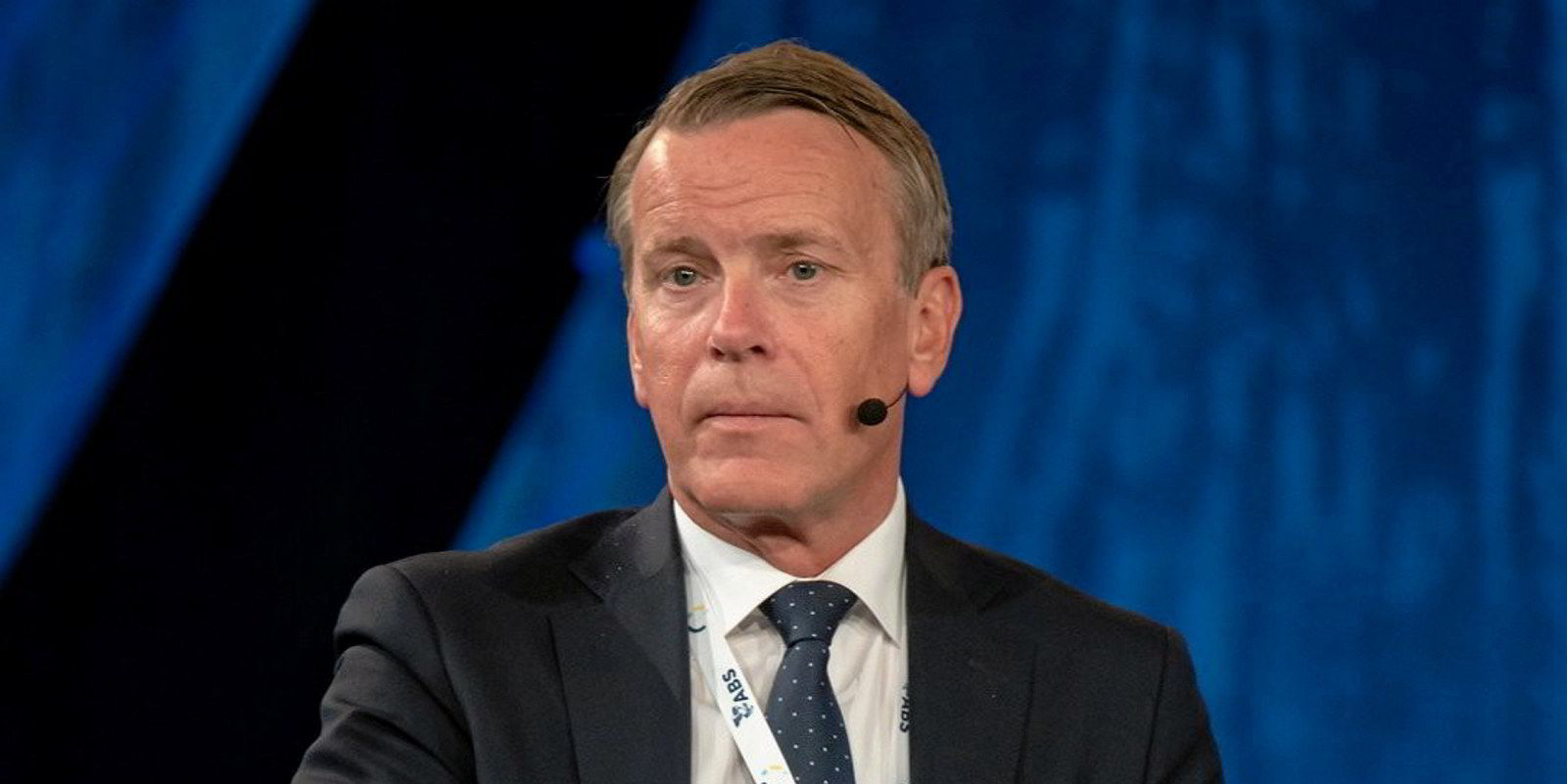BP Shipping has posted a big profit for 2022 as ship impairments were reversed and a smaller fleet undertook more voyages.
According to accounts filed at Companies House in the UK, net earnings last year came in at $227.3m, turning around a restated loss of $208.2m the year before.
BP Shipping is one private slice of the larger group, handling shipping and ship management, and reflecting the operations of the UK-linked shipping activities.
The company charters, manages and operates tankers, LNG carriers and LPG ships, as well as platform supply vessels (PSVs), mainly on behalf of the BP group.
The fleet ended the year at 46 ships, down from 53 in 2021, with 26 of these being BP and third-party operated, with another 18 on time-charter, as well as two PSVs.
At the end of 21, BP chartered in 14 vessels and 37 were BP or third-party operated.
The fleet includes six LNG carriers and two product tankers, according to UK shipbroker Clarksons.
The smaller fleet carried more of the UK oil major’s own stems in 2022: 34% of all cargoes above 9,000 tonnes, up from 23% in 2021.
Utilisation of the fleet for BP business stood at 76% versus 68% a year ago.
Overall, there were 1,009 voyages, compared to 734 the year before.
Rates beat bunker prices
BP Shipping said the profit was down to bunker prices not increasing as “robustly” as freight rates.
But the company also reversed vessel impairments totalling $133.7m in 2022, against an impairment charge of $105m in 2021.
This happened because its freight rate assumption methodology was revised.
Revenue grew to $1.2bn from $0.93bn.
The company paid no tax on its 2022 earnings.
Profit on disposal of leased assets was $75.7m, against next to nothing in 2021.
BP chief executive Bernard Looney resigned on Wednesday after failing to fully disclose details of relationships with colleagues.




